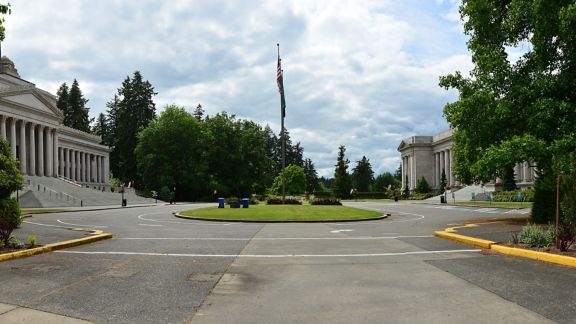Survey of U.S. History Teachers

Problem
It’s unclear what content is being taught in public school U.S. history classes.
Education authorities in several states and localities have sought to reshape what middle and high school students in public schools are taught in history classes. Many of those efforts relate to the history of race relations, including slavery and Whites’ violent displacements of Native Americans. Lost in the often heated political debates over the curriculum is a clear picture of what today’s schoolchildren are actually being taught about U.S. history. Beginning in 2022, the American Historical Association set out to fill that gap. It sought to describe the contours of a vast and varied teaching terrain and provide an empirical grounding for ongoing debates and deliberations about the teaching of America’s past. That effort began with comprehensive reviews of state and local curricular standards and assessments as well as focus groups and interviews of leaders in history education.
Solution
NORC conducted the most comprehensive survey of middle and high school U.S. history teachers in over 50 years.
To examine the daily focus of history teachers, AHA recruited NORC to survey public school teachers who taught one or more U.S. history courses at any point in the 2022-23 school year. The target population included 6th to 12th grader teachers in nine states. The survey included questions on key aspects of teaching practices and teacher experiences including the curriculum materials teachers use, topics they covered, and the main student learning objectives. NORC conducted the survey in 2023. We compared the survey respondents and their schools to national data from the U.S. Department of Education-National Center for Education Statistics’ National Teacher and Principal Survey and the Common Core of Data and found the respondents were representative of U.S. history teachers in their respective states and locales.
Result
The survey showed that most history classrooms are not shaped by political extremism.
Over 3,000 U.S. history teachers responded to the survey, providing a wealth of information on what they teach, their instructional resources, collegial and administrative supports for teaching, challenging topics, student engagement, and community input on the curriculum. Survey questions about how teachers experience challenges to the way they teach U.S. history found little evidence of political extremism shaping curriculum and instruction.
A large majority of teachers (84 percent) reported rarely or never facing criticisms about the way they teach certain topics in U.S. History. When they did face criticism, it most often came from parents (71 percent) and students (44 percent). Few (15 percent) reported changing the way they teach the topic in response to criticism. Most teachers reported having goals of “developing informed citizens for participation in a democratic society” (94 percent), “presenting multiple sides of every story” (86 percent), and “building an appreciation for diversity” (83 percent).
Related Tags
Project Leads
-
Tom Hoffer
Senior FellowPrincipal Investigator -
Claudia A. Gentile
Senior FellowProject Director -
Jessica Stewart
Senior Research DirectorProject Manager












